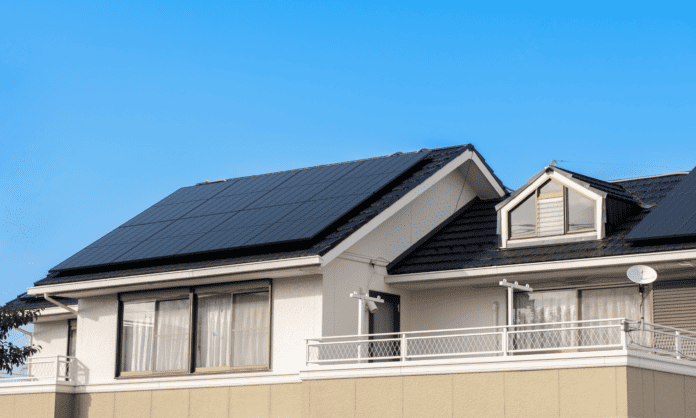Guidelines:
In order to register and implement your solar system installation with compliance, we would suggest you to follow the steps below:
Step 1. Find a qualified installation contractor with an MCS (Microgeneration Certification Scheme) certificate;
Followings are some tips for you to find competent installation contractors
- https://mcscertified.com/find-an-installer/;
- through certification schemes on the website: https://ico.org.uk/;
- or, you can simply google, “MCS certified solar panel installers/contractors” for example, sure you’ll find plenty to choose from.
In principle, choose any qualified installation contractor with an MCS certificate which would best meet your requirements. They will help you throughout the whole process.
Step 2. Your installation contractor needs to notify the Distribution Network Operator (DNO);
To determine whether the Distribution Network Operator needs to be informed before or after installation, the energy device and required connection must be examined by your contractor in the first place. It possibly includes solar panels, a micro inverter and battery storage.
Please inform your installation contractor if battery storage is being implemented with the solar system. A G99 Form A1-2 application form should be additionally submitted by the contractor if the system installed exceeds G98 (3.6kw or 16 amps);
Step 3. Your contractor will then install the solar system;
Step 4. Please ensure that the installation is notified with the appropriate bodies;
As the energy device owner, you must ensure that your installation contractor has notified the DNO of your installation. It is the energy device owner’s responsibility to ensure that the DNO has received this notification.
Step 5. You should receive relevant documentation from your contractor;
Documentation to be provided from installation contractor to energy device owner:
- a Building Regulations Completion Certificate from the installation contractor for notifiable work;
- a certificate of installation from the installation contractor’s certification scheme, if applicable;
Things should be paid attention to:
- Planning permission
Based on Permitted Development Rights, which designates solar installation “Permitted Development”, planning permission is in general no longer necessary for solar-installation since April 2008, but there are some exceptions where an extra application would be required before the installation happens.
- Exceptions that require a permission application
Installation Scenario 1: Solar panels mounted on a house or a block of flats
You need only apply for full planning permission (for flats) or householder planning permission (for houses) to install a solar panel when any of the following exceptions apply:
- It would protrude more than 20cm from the external surface of the wall or roof slope, when measured perpendicularly;
- The highest part of the solar panel or equipment will be higher than the highest part of the roof. This excludes any chimney;
- It would be installed on a wall in a conservation area which faces a highway. This includes roads, paths and public rights of way;
- Your house or flat is a listed building, or within the curtilage of a listed building. Curtilage means within the garden or grounds.
Installation Scenario 2: Solar panels installed within your land but not attached to your house
You need only apply for full planning permission (for flats) or householder planning permission (for houses) to install a stand alone solar panel when any of the following exceptions apply:
- More than one stand alone solar panel would be installed;
- It would exceed 4m in height;
- It would be located 5m within the boundary of the property;
- It would be installed within the curtilage of a listed building. Curtilage means within the garden or grounds;
- In a conservation area, any part of the solar installation would be closer to a highway than any part of the house. A highway includes roads, paths and public rights of way;
- The surface area of any stand alone solar panel will exceed 9m² or any dimension of its array (including other equipment) would exceed 3m.
In these cases above, you might need to receive planning permission at the discretion of your Local Planning Authority. So you can simply contact your Local Planning Authority to get further information and guidance when a solar panel installation is considered.
- Planning application for exceptions:
Link to the application please find below:
https://www.planningportal.co.uk/app/applications
- More to notice
- Once the solar panels are no longer used for generating electricity, they should be removed from the roof;
- Solar panels should be fitted in a way that minimizes the change in appearance of the building and the area;
- Solar panels are subject to normal building regulations, which involves checking if the roof can support the extra load (your MCS-certified contractor/installer will this check for you);
- There are further rules that apply for installing solar panels in Scotland; planning permission is required if they are to be installed onto the wall of a block of flats or on a flat roof. Contact your Local Planning Authority for more information if this applies to you.







